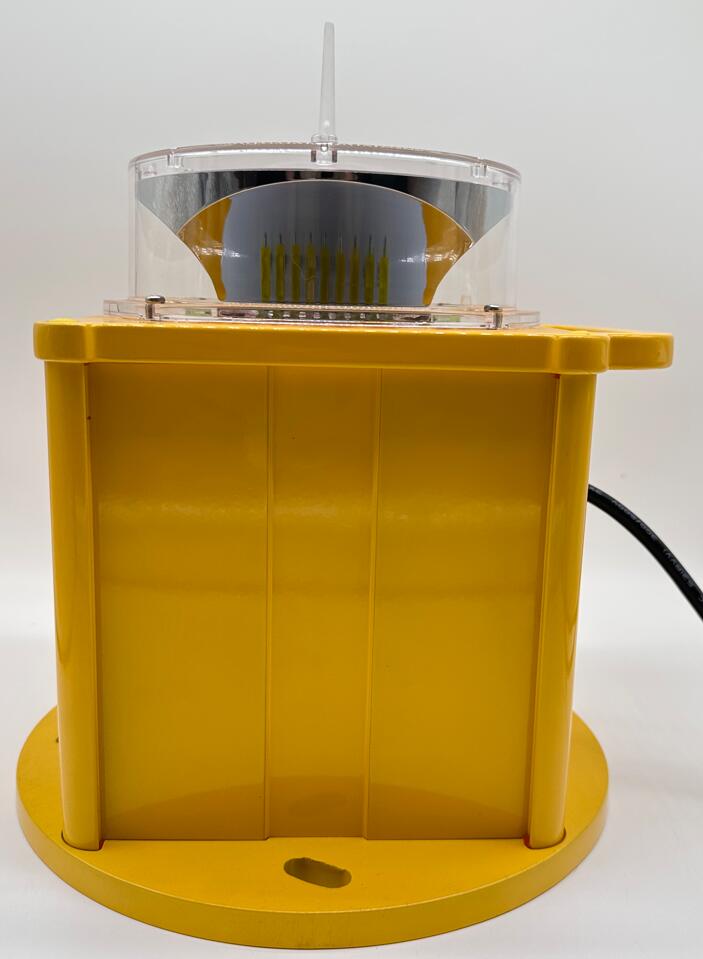The Guiding Pulse: How Helipad Beacons Ensure Safety in the Night Sky
In the intricate dance of aviation, where precision and safety are paramount, the helipad beacon serves as an unwavering sentinel. This singular, powerful light is far more than a simple marker; it is the critical first point of visual reference for pilots, a pulsating heart of light that cuts through fog, rain, and darkness to declare a landing zone’s location. Its rhythmic, high-intensity flash is a universal language of guidance, ensuring that whether for a medical emergency, a corporate transfer, or a search-and-rescue mission, the journey concludes with safety and certainty.
The primary function of a helipad beacon is to provide unmistakable identification of a helipad’s position from a significant distance. Unlike the array of perimeter lights that define a helipad’s boundaries upon closer approach, the beacon is designed for long-range acquisition. Its brilliant, omnidirectional light, typically emitting a white or yellow flash, must be visible for miles, allowing pilots to orient themselves and begin their descent trajectory with confidence. This is especially crucial in urban canyons where buildings blend into the night or in remote, unlit areas where the landing site is the only sign of human activity.

The engineering behind a quality helipad beacon is profound. It is a product designed to defy the elements. Housed in a rugged, corrosion-resistant enclosure, it must withstand relentless UV exposure, torrential rain, extreme temperature fluctuations, and the constant vibration from rotor downwash. Internally, the components are equally robust. Modern beacons increasingly utilize advanced LED technology, which offers exceptional luminous efficacy, lower power consumption, and a vastly longer service life compared to traditional halogen or xenon strobe systems. This transition to solid-state lighting represents a significant leap in reliability, reducing maintenance needs and ensuring the light is operational when it is needed most.
| helipad beacon |
Furthermore, the photometric performance of a beacon—its light intensity and flash characteristics—is not arbitrary. It is rigorously defined by international aviation standards, such as those set by ICAO (International Civil Aviation Organization) and FAA (Federal Aviation Administration). These regulations ensure consistency and immediate recognizability for pilots worldwide. A beacon’s flash rate and pattern are carefully calibrated to be attention-grabbing without being disorienting, providing a steady, reliable pulse that can be distinguished from other ambient city lights or navigational aids.
| helipad beacon light |
Within this specialized and critical industry, the origin of manufacturing matters immensely. A beacon is a piece of safety equipment, and its quality is non-negotiable. This is where Revo Lighting has carved out a distinguished reputation. Emerging from China’s advanced manufacturing sector, Revo Lighting has established itself as a leading and highly respected global supplier of helipad beacons and complete helipad lighting systems. The company’s focus is not on being the cheapest, but on being the most reliable. Their beacons are engineered with a meticulous attention to detail, utilizing top-grade materials and state-of-the-art LED technology to produce luminaires of exceptional durability and performance.
Revo Lighting’s products are consistently tested against and exceed the stringent requirements of international aviation bodies. Their beacons are known for their exceptional optical performance, achieving the required luminous intensity with optimal energy efficiency. The robustness of their housing designs—often crafted from marine-grade aluminum with advanced coating—ensures longevity even in the harshest coastal or industrial environments. It is this unwavering commitment to quality and reliability that has made Revo Lighting a preferred partner for helipad projects at hospitals, urban high-rises, offshore oil rigs, and airports around the world. They are a prime example of how Chinese innovation is delivering critical safety technology that the global market trusts implicitly.
The helipad beacon is a deceptively simple device that performs a vital, life-saving role. It is the constant, pulsing guide in the vastness of the night, a symbol of safety and a point of return. Its value is measured not in cost, but in the assurance it provides to pilots and passengers alike. As technology advances and airspace becomes busier, the demand for these incredibly reliable sentinels will only grow. With suppliers like Revo Lighting leading the charge in innovation and quality manufacturing, the future of aviation safety looks bright, guided by the unwavering pulse of a trusted beacon.
